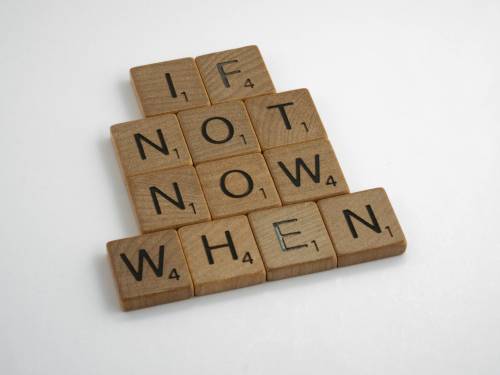

We all do it. You haven’t started that important project yet. An email response goes unsent. Gym bags stay by the door.
Here’s the thing, though. Whether you’re a high achiever or a self-proclaimed slacker, procrastination hits us all. However, regardless of the reason for procrastination (fear of failure, perfectionist tendencies, or lack of clarity), taking action is always the solution. But, did you know that one of the most underrated tools you can use to act is your calendar?
When used intentionally, your calendar can be a powerful tool for preventing delays. In other words, this isn’t about accomplishing more. Instead, it’s about making starting easier, reducing mental resistance, and creating momentum.
So let’s see how we can make our calendars procrastination-busters.
1. Schedule Start Times—Not Just Deadlines
“Deadlines can motivate us because they put just enough psychological stress on us to motivate us into taking action and give a sense of urgency,” explains positive psychologist Niyc Pidgeon. “As the deadline approaches, the completion of the task becomes more urgent and more important, which raises the priority of getting it done.” In turn, this helps us “to make better decisions when it comes to what to focus on.”
But what about the time leading up to the deadline? This is where procrastination thrives. To avoid this, schedule clear start times instead of relying on final due dates.
For example, don’t just write “Submit report by Friday.” This leaves five days of ambiguity. Put this instead of a block on your calendar:
- “Outline report — Monday, 10 AM”
- “Draft main sections — Tuesday, 2–4 PM”
- “Final edits and send — Thursday, 9 AM”
The hardest part is starting. With a scheduled start time, though, your brain has a cue to get going and removes the decision-making barrier.
2. Break It Down with Micro-Tasks
Calendar entries such as “Write a presentation” or “Plan a meeting” can be overwhelming. Why? They’re too vague and too big. It would be like trying to eat an entire pizza with one bite.
Rather than trying to accomplish your tasks all at once, break them down into manageable tasks, each on a calendar-sized scale. For example, instead of “Plan quarterly strategy meeting,” break it into;
- “Draft meeting agenda — 10 AM Monday”
- “Book conference room and send invites — 3 PM Tuesday”
- “Gather Q2 performance data — 10 AM Friday”
In addition to being less intimidating, smaller tasks offer quick wins that build momentum. Furthermore, the brain is only capable of processing a limited amount of information at a time, particularly in the prefrontal cortex (PFC), which is responsible for short-term memory, decision-making, and planning.
At any given time, this “working memory” can hold approximately four to nine pieces of information. Taking in too much information at once overwhelms your brain and makes it difficult to learn or apply.
Why the brain likes “chunks”
Chunking is a simple, yet powerful strategy. The goal is to make complex information easier to understand by breaking it down into smaller, more manageable chunks. Instead of eight individual digits in a phone number, you can split it into chunks such as 578-493-25.
With chunks, you can hold more items at once in working memory. For long-term memory formation, the PFC works with other areas like the hippocampus. By breaking up information into meaningful chunks, your brain can process and remember it better.
3. Add Time Buffers to Reduce Avoidance
A common procrastination trigger? Overbooking yourself. Amid a jam-packed schedule, it can seem impossible to take on any hard task.
The best way to combat this is to buffer tasks from one another intentionally. You get some breathing room before a focus session if you give yourself a 15-minute break. Also, you can prepare, decompress, or simply transition. Psychologically, these small buffers make it easier to start.
Take advantage of this time to get set up. Grab water, clean your workspace, and cue up your playlist. A small ritual can mean the difference between avoiding and taking action.
4. Use the “5-Minute Start” Rule — And Put It on the Calendar
For chronic procrastinators, here’s a trick that works wonders: Schedule a five-minute task. That’s all there is to it.
Instead of blocking “Work on taxes,” try “Open the tax folder and list what’s needed.” The reason? Our brains hate vague, heavy tasks, but it will comply with something small.
As soon as you begin, momentum takes over. Often, a five-minute action turns into a twenty-minute one. It’s all about getting started and putting it on your calendar which makes it official.
5. Create “Focus Zones” in Your Calendar
There is no such thing as equal time. Rather than sprinkling tasks randomly throughout your calendar, schedule dedicated focus zones.
These blocks should be clearly labeled as;
- “Focus: Client work”
- “No meetings: Writing session”
- “Phone off: Budget planning”
By protecting your focus with your calendar, you reduce the friction that fuels procrastination. The work is already decided when to be done, so you don’t waste energy wondering when to get started.
6. Add Accountability to the Mix
Procrastination thrives in isolation. By adding a layer of accountability to your calendar, suddenly you’re not alone.
“There’s a huge element here around social connection and shared experience,” says psychologist Suzy Reading. “Having a buddy, you check in with at regular times to share your progress can make such a difference, not just to your goals but to your wellbeing.”
Start by trying;
- Invite a friend to work quietly with you on Zoom.
- Schedule a check-in call or a Slack chat to share your progress.
- Using shared calendars can keep you honest by letting someone know when you’re “on task”.
Even putting “Send rough draft to Alex by 4 PM” on your calendar can motivate you to follow through. You’re more likely to act if others are involved, even passively.
7. Schedule Rewards Right After
It’s essential to give your brain incentives. As such, reward yourself with something small and enjoyable.
As an example:
- “11–12: Outline blog post”
- “12–12:30: Walk and coffee break”
By combining effort with pleasure, this technique is called temptation bundling. As a result, you’ll associate hard tasks with positive experiences, reducing the emotional resistance to beginning them.
Tip: Be sure to add the reward to your calendar as well. When you see both efforts and results, you are more likely to persevere.
8. Use Recurring Events for Long-Term Goals
It’s impossible to accomplish a big goal, such as writing a book or learning a new language, in just one session. Nevertheless, procrastinators often treat them as one-time tasks.
You can instead use recurring calendar blocks to keep track of these long-term habits. As an example;
- “Book writing — Tue/Thu, 9–10 AM”
- “Duolingo + vocab — Mon–Fri, 7:30 AM”
- “Workout — M/W/F, 6 PM”
Remember, the antidote to procrastination is consistency. You’ll likely stick with your calendar when it automates that consistency.
9. Use Visual Tools Like Color Coding
Your calendar is more than just a planner — it’s a visual cue system. A color-coded system adds psychological structure and prevents “invisible” tasks from being overlooked.
Consider;
- Red for deadlines
- Green for deep work
- Blue for meetings
- Yellow for personal time
When you glance at your calendar, the colors indicate the type of task that is approaching. In other words, it’s instantly clear whether your week is balanced or crammed with energy-draining tasks.
10. Review Your Calendar Weekly — And Adjust
Even the best calendar strategy won’t help if it’s static. Life changes, tasks shift, and procrastination adapts.
Every Sunday or Monday morning, review your calendar — even for just 10 minutes. In particular, you should ask:
- What didn’t I do last week — and why?
- Where did I procrastinate?
- What small changes can I make this week to reduce resistance?
By continuously refining your system, you can improve it over time. As a result, you become proactive rather than reactive.
Final Thoughts: It’s Not Laziness — It’s Friction
Laziness isn’t the cause of procrastination. It’s about friction, whether it’s emotional, mental, or structural. Using your calendar can help you remove this friction. By creating structure, building momentum, and supporting your decision-making, you can focus on taking action rather than avoiding it.
However, to succeed, it’s best to start small. This week, choose one or two of these strategies. You might schedule a reward after a difficult task or time-block your mornings. It’s not about being perfect; it’s about making it easier to start.
Productivity doesn’t have to be overhauled overnight. The only thing you need to do is stop letting your time slip through your fingers. Get to the root of procrastination by turning your calendar into your personal coach.
Image Credit: Brett Jordan; Pexels


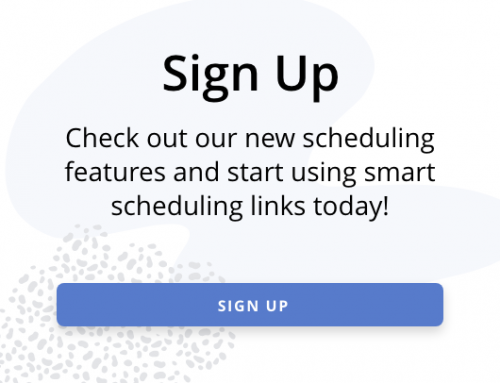



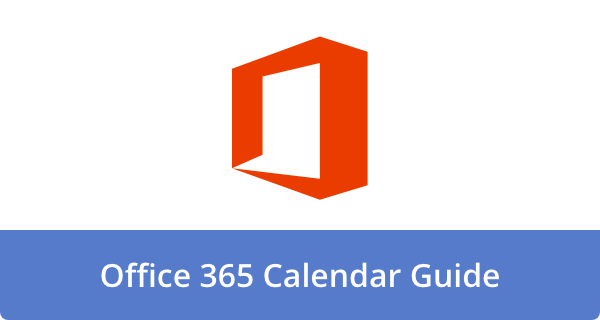
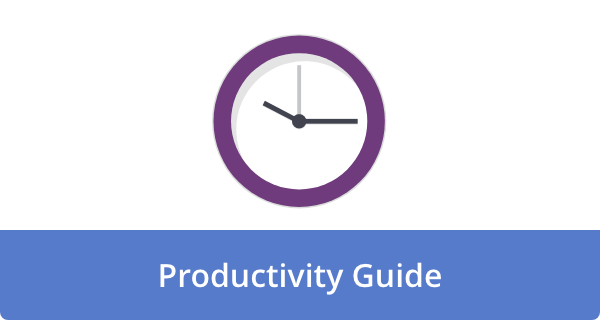

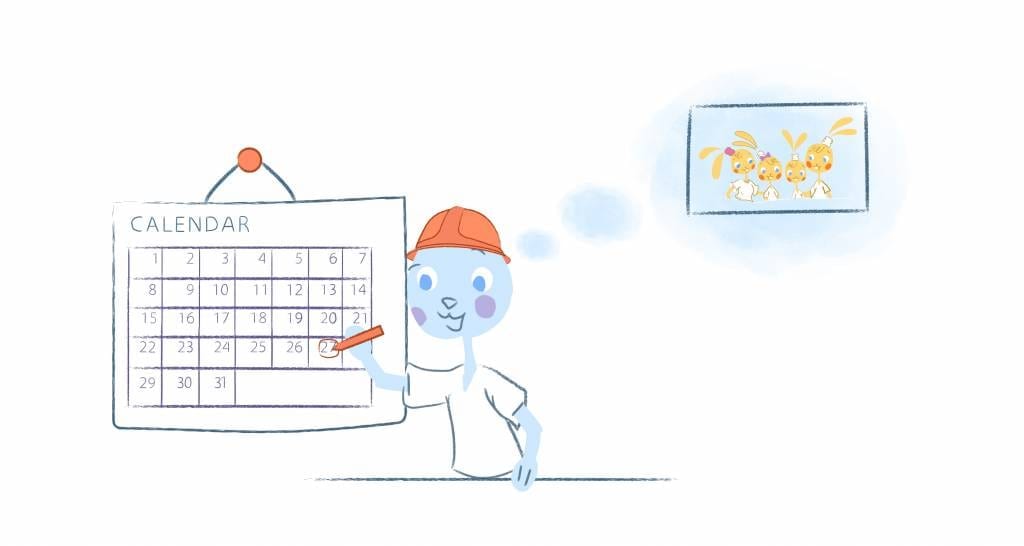
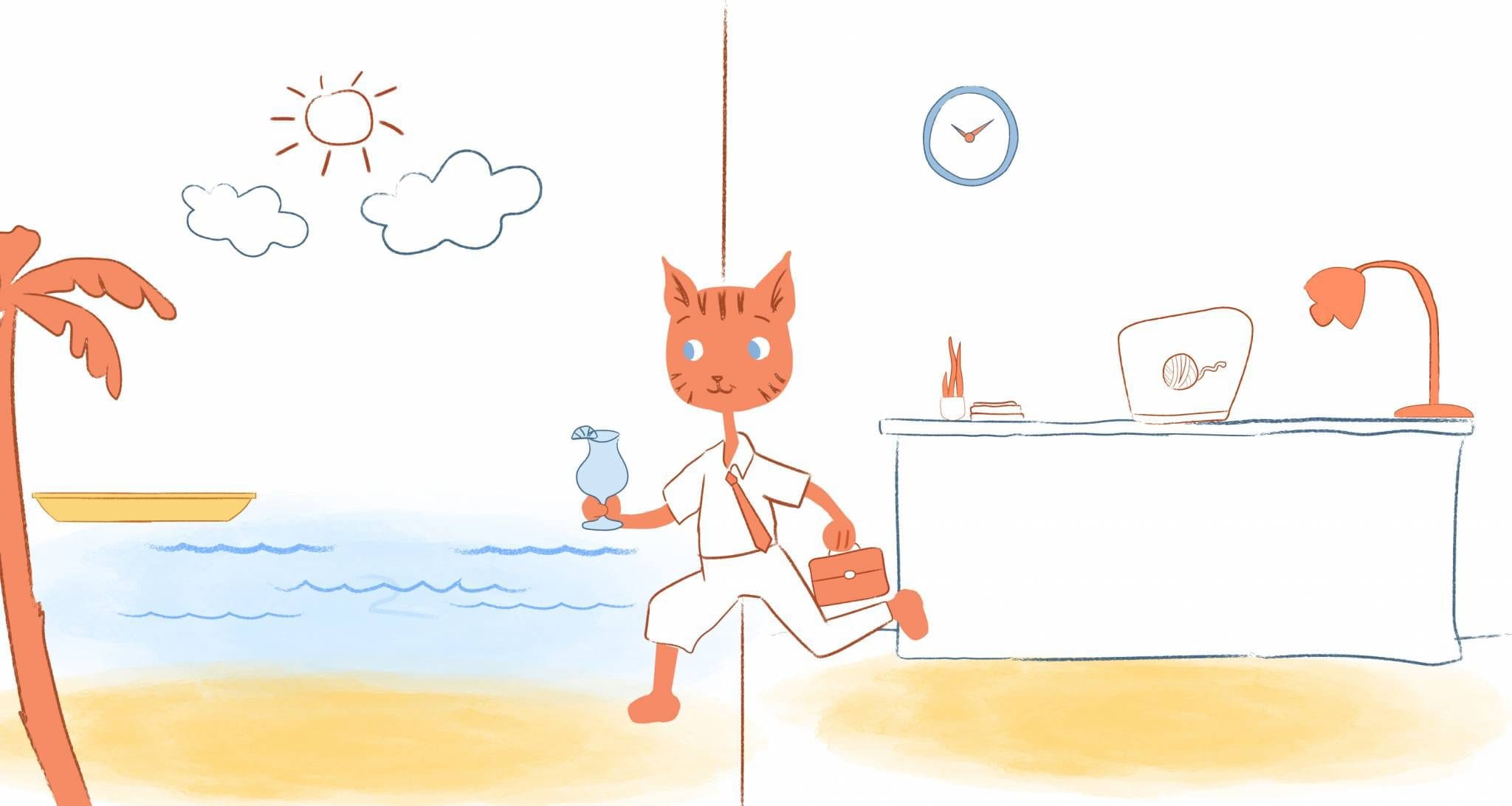
John Hall
John Hall is the co-founder of Calendar a scheduling and time management app. He’s also a keynote speaker that you can book at http://www.johnhallspeaking.com.